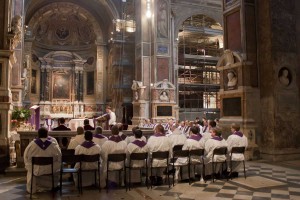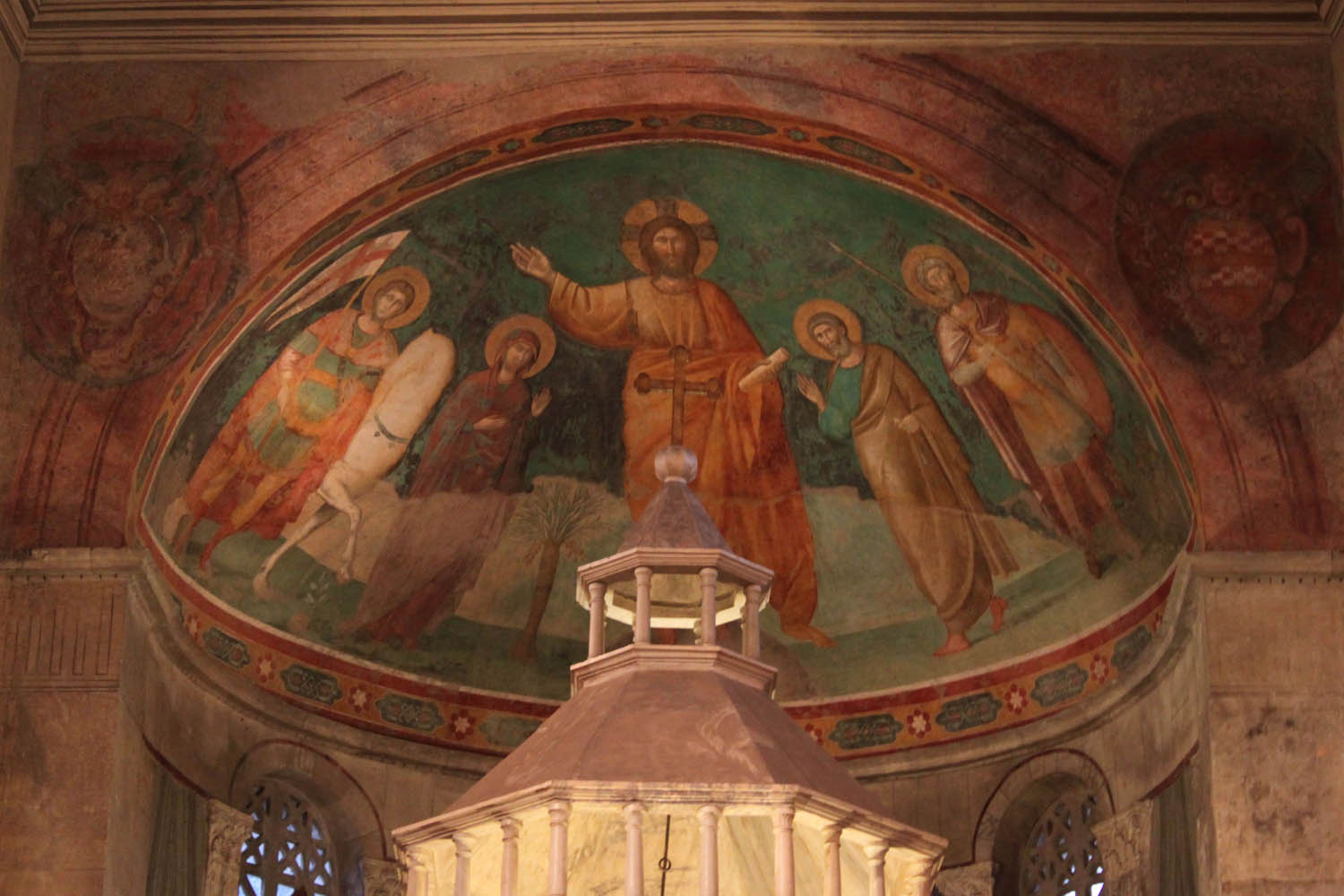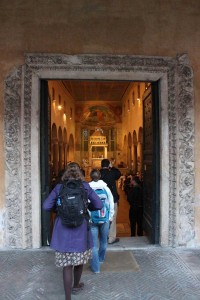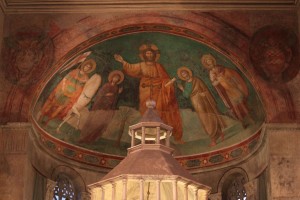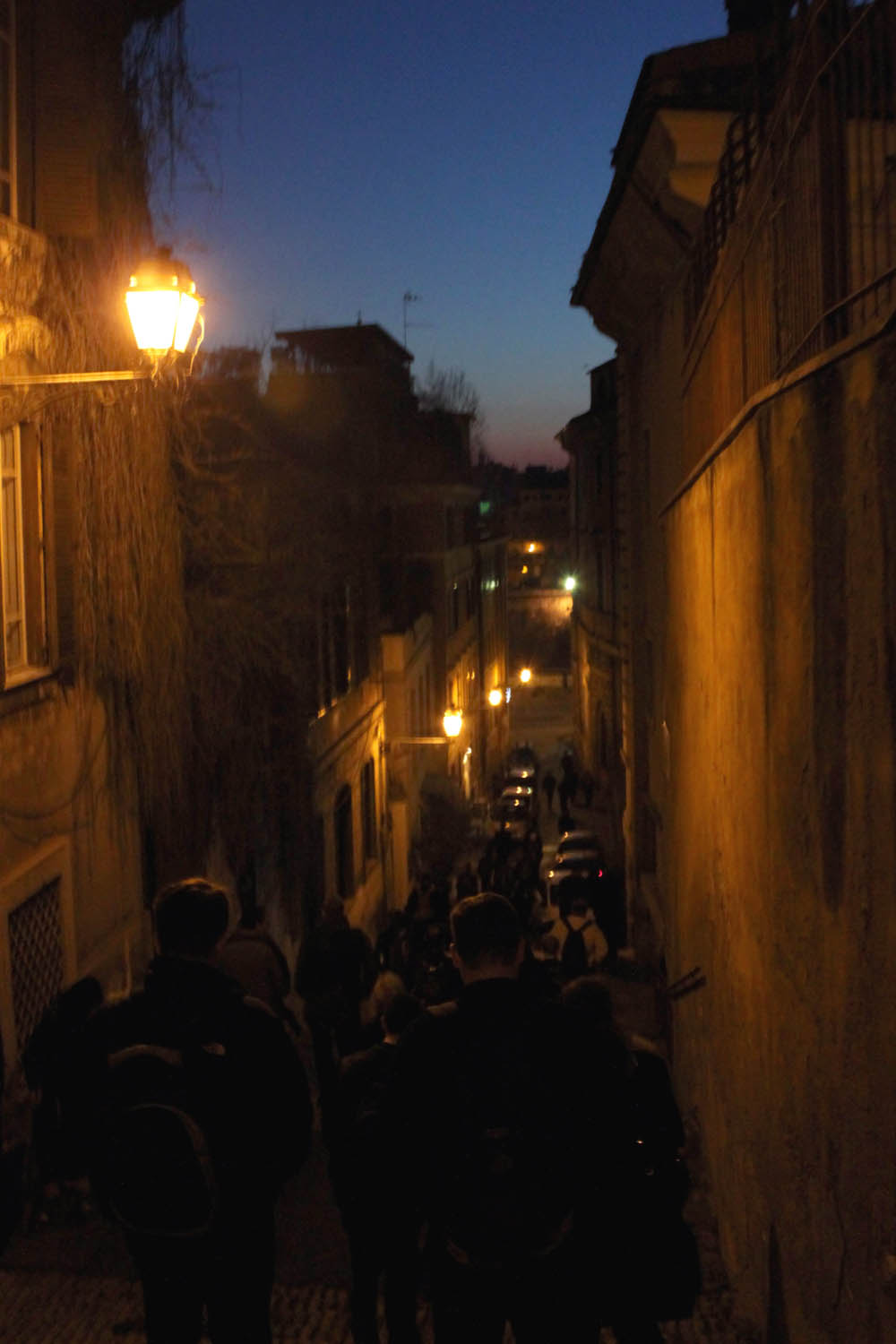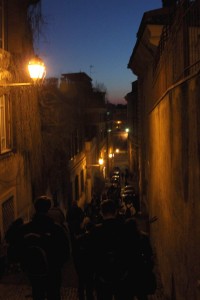 One Mardi Gras, Today Show personality Al Roker was broadcasting from New Orleans. He had before him a traditional Mardi Gras king cake, in which is hidden a small baby Jesus. Whoever finds Jesus in his or her slice of cake at a party is declared king or queen for the day, and is expected to bring another king cake to the next Mardi Gras party. As Al Roker was explaining this, he was slicing the king cake before him, looking for the little baby Jesus. As time wore on, he began to slice and chop at his cake with increasing frustration. With a note of mock panic in his voice he exclaimed: “I can’t find the baby Jesus!” When he finally did find it, the cake had been reduced to a crumbled mess. Needless to say, this was not one of Al Roker’s finer moments.
One Mardi Gras, Today Show personality Al Roker was broadcasting from New Orleans. He had before him a traditional Mardi Gras king cake, in which is hidden a small baby Jesus. Whoever finds Jesus in his or her slice of cake at a party is declared king or queen for the day, and is expected to bring another king cake to the next Mardi Gras party. As Al Roker was explaining this, he was slicing the king cake before him, looking for the little baby Jesus. As time wore on, he began to slice and chop at his cake with increasing frustration. With a note of mock panic in his voice he exclaimed: “I can’t find the baby Jesus!” When he finally did find it, the cake had been reduced to a crumbled mess. Needless to say, this was not one of Al Roker’s finer moments.
Today’s gospel account of the temptations of Jesus shows how easy it is for us to be unable to find Jesus, or even lose him altogether. When we read the temptation story, it’s natural for us to identify with Jesus, because we’re all familiar with being tempted. But have we ever placed ourselves in the devil’s shoes? We should, because most of us, at one time or another, will make the same demand of Jesus that the devil did, by insisting that he prove himself.
The devil began each of his three temptations by saying to Jesus: “If you are the Son of God…” These were the same words used by mocking bystanders as Jesus hung dying on the cross. But haven’t these same words come from our own mouths? When we’ve been frustrated or in trouble, haven’t we said, “If you are the Son of God, fix my problem now?” Or when Jesus seems to be absent from some situation, like a terrible disaster, haven’t we said, “If you are the Son of God, why did you let this happen?” And when our faith is shaken, and we wonder if Jesus even exists at all, haven’t we said: “If you really are the Son of God, you’d better show yourself more clearly than you’re doing now!”
 Throughout his ministry, people were always complaining that Jesus never did enough to show who he really is. Throughout history, we Christians have continued to make the same complaint. So we put Jesus to the test. We ask him to jump through hoops. We throw down the gauntlet, and condition our faith and discipleship upon a set of conditions that we lay out. Jesus needs to play by our rules.
Throughout his ministry, people were always complaining that Jesus never did enough to show who he really is. Throughout history, we Christians have continued to make the same complaint. So we put Jesus to the test. We ask him to jump through hoops. We throw down the gauntlet, and condition our faith and discipleship upon a set of conditions that we lay out. Jesus needs to play by our rules.
Whenever we fall into this trap, we will lose Jesus. We may seek for him, but we will not find him. We’ll be like Al Roker, frantically chopping at our king cake, but unlike Al Roker, Jesus will not be revealed to us. In his book, Jesus of Nazareth, Pope Benedict writes: “The arrogance that would…impose our laboratory conditions upon (God) is incapable of finding him. For it already implies that we deny God as God by placing ourselves above him. To think like that is to make oneself God.” And isn’t that what the devil wants us to do? Isn’t that what he tempted Eve to do in the Garden of Eden? “Eat this apple,” he hissed, “and you will be like God.”
Now, sometimes the demands we make of Jesus are simply expressions of our fear, frustration, and confusion. Jesus understands that. He knows that we are weak. At the same time, he wants us to appreciate that he was weak as well. Yes, as the Son of God he possesses unlimited, almighty power. And while he was on earth, people wanted him to demonstrate this power all the time. They wanted him to crush their enemies and fix all their problems. They wanted him to use power like the world likes to use power. But Jesus came among us in weakness, not 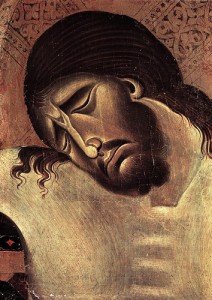 in power. He became weak to share our weakness and save us from the mess our weakness has made. That’s why people got so frustrated with him. That’s why we too can get so frustrated with him. If we had a choice, we wouldn’t want to see Jesus on a cross. We’d want to see him on a throne! But that’s for the end of time. Not now.
in power. He became weak to share our weakness and save us from the mess our weakness has made. That’s why people got so frustrated with him. That’s why we too can get so frustrated with him. If we had a choice, we wouldn’t want to see Jesus on a cross. We’d want to see him on a throne! But that’s for the end of time. Not now.
Sometimes we just don’t want Jesus to be Jesus. We want him to be our kind of Jesus. Not the kind of Jesus he really is. Which isn’t really fair, if you think about it. Most of us want other people to know and understand us for who we really are. We want other people to let us be ourselves! But do we try to understand Jesus for who he really is? Do we try to let Jesus be who he really is? When we don’t, we again find ourselves in the devil’s shoes. The devil tempted Jesus to be someone other than the real Jesus. He showed Jesus all the kingdoms of the world and promised that they could all be his if he would only fall down and worship him. Yet if Jesus were to do that, he would be denying that he is God’s Son. He would be denying himself. But Jesus was true to himself. He always is. And we need to accept that.
This is perhaps the greatest challenge that the temptations of Jesus place before us. They teach us that we’re not to make demands of Jesus; we’re to embrace his demands of us. We’re not to place ourselves above Jesus; we’re to humble ourselves beneath him. We need to let Jesus be Jesus, and not remake him in our image. And we need to follow Jesus, not along a path of worldly power, but the godly path of weakness, sacrifice, and trust. Should we do this, we’ll never have to frantically search for an elusive Jesus. He’ll always be there, at our side.
Readings for today’s Mass: http://www.usccb.org/nab/031311.shtml
Photo credits (top to bottom): Mikebdoss, enanon, and Carulmare via Creative Commons.
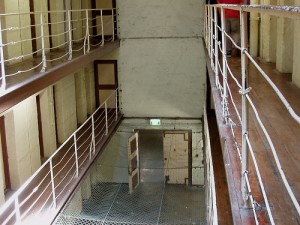 A youth minister once shared with me how he had led a group of young people in song outside a high security prison. After some time, hands were seen sticking wet pieces of toilet paper on the prison wall’s small slit windows. Letters began to emerge, then a complete message. It read: “Pray for us.” “We went to visit our brothers in prison,” the speaker explained to me, “because Jesus was a prisoner too.”
A youth minister once shared with me how he had led a group of young people in song outside a high security prison. After some time, hands were seen sticking wet pieces of toilet paper on the prison wall’s small slit windows. Letters began to emerge, then a complete message. It read: “Pray for us.” “We went to visit our brothers in prison,” the speaker explained to me, “because Jesus was a prisoner too.”



